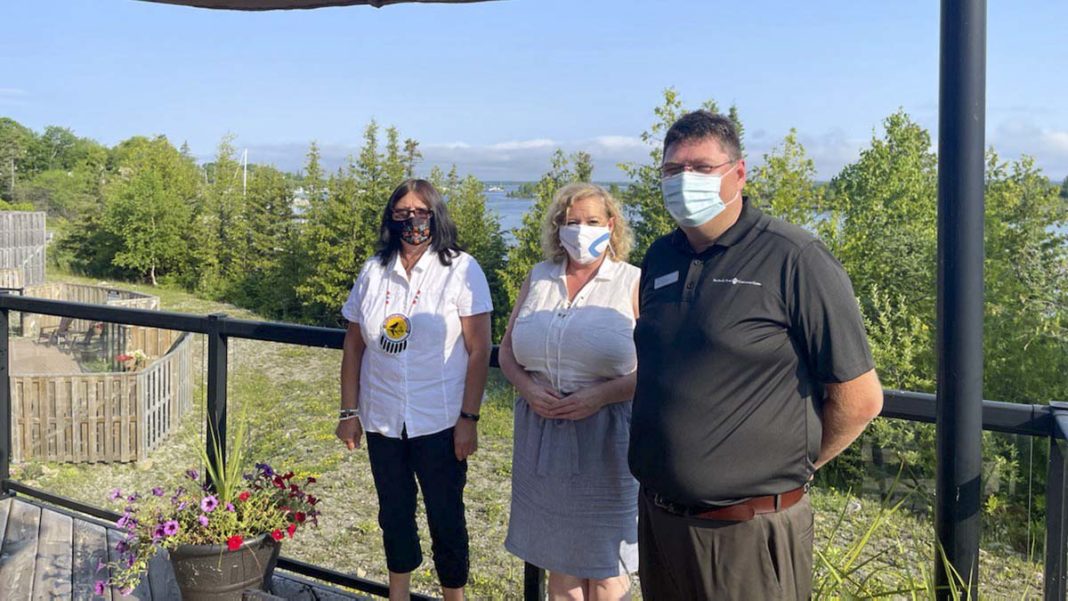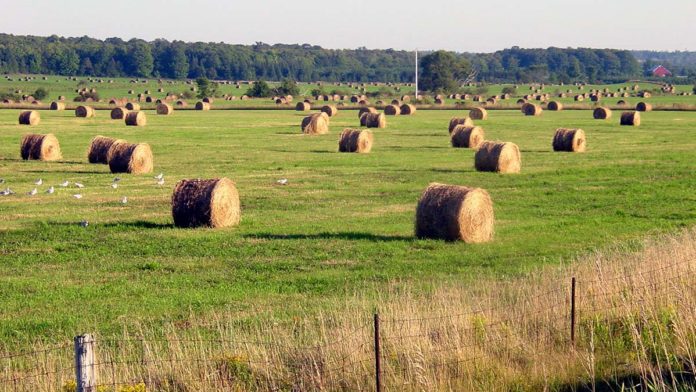QUEEN’S PARK—Funding confirmation letters from the provincial government have finally begun arriving for the embattled Ontario tourism industry. Operators have been in the media over the last few weeks, concerned over the lack of information coming from the Ministry of Tourism. That information flow, in the words of one operator, resembled “crickets in the hallway.” As of this week, letters have begun arriving in mailboxes confirming whether the operator’s application had been approved or denied.
The Ontario government announced $100 million through a new Tourism Recovery Program on September 27, 2021 aimed at helping to stabilize the province’s tourism industry as it emerges from pandemic restrictions.
“The last 18-months of the pandemic have been the most challenging Ontario’s tourism industry has ever faced,” said Ontario Tourism Minister Lisa MacLeod in announcing the funds. Minister MacLeod noted at the time that the tourism industry had previously been “an economic powerhouse for the province,” but that industry had been hit by the triple threat of COVID-19 “a health, economic and social crisis.”
The application period for the program opened on October 13, 2021.
The critical funding would help support regionally significant businesses, while protecting jobs in communities that rely on the tourism industry, continued the minister.
While confirmation letters have begun arriving, critical information remains outstanding. One tourism operator speaking on background confirmed they had received a confirmation letter, but no firm pledge on what funds would be forthcoming from their application.
According to the government release announcing the program, to be eligible for funding, businesses must have experienced a loss of at least 50 percent of eligible revenue compared to 2019. The funding, said Minister MacLeod, will help successful applicants “prepare to reopen safely, develop innovative tourism products, retain and create tourism jobs and support tourism recovery in their region and throughout Ontario.”
Despite the arrival of the confirmation letters, concerns in the industry remain strong. “We don’t really know what the province will consider as a related loss,” said the operator, or what the actual level of funding will be. Considering tourism is a multi-billion industry across Ontario and a key economic driver in the North, $100 million may not be spread very thick—and operators are well into the planning for the upcoming season.
In the provincial program announcement it was indicated that successful recipients will “have the flexibility to apply funds to any eligible expenses and do what makes the most sense for their businesses. Expenses could include reopening and operating costs such as staff salaries and maintenance, health and safety measures for visitors and workers, tourism product and experience development, or marketing.”
Still, there is some optimism in the industry. David MacLachlan, executive director of the provincially funded regional tourism organization operating in Region 13, Destination Northern Ontario (DNO), and himself the operator of a Northern Ontario remote fishing resort, was upbeat when contacted by The Expositor. Mr. MacLachlan confirmed that several tourism operators throughout the DNO area have begun receiving confirmation letters.
Mr. MacLachlan has tourism in his blood, quite literally, having grown up in the industry and is the third generation to work in his family’s tourism business started over 60 years ago by his grandfather. Mr. MacLachlan is a past chair of the Algoma Kinniwabi Travel Association, the Ontario Tourism Marketing Partnership Corporation (OTMPC) Northern Tourism Marketing Committee and has sat on the board of directors for OTMPC.
“Our sector has been hit harder than a lot of other industries with the lockdown,” confirmed Mr. MacLachlan, but he noted that impact has been somewhat unevenly distributed. After a rocky start at the beginning of the pandemic when everything was completely shut down, many resorts that could be reached by road saw a rebound. “Anyone with a cottage you could drive in to, from Thunder Bay east, was seeing business,” he said. “In 2021, again, a lot of businesses were able to catch up to 2019, especially if they were within easy reach of urban markets.”
Not so lucky were businesses in those urban markets, particularly hotels. Still, many managed to hold their own, compared to southern jurisdictions. “Northern Ontario led the country in terms of occupancy rates, although they still were not all that great,” said Mr. MacLachlan. “The occupancy rate in hotels was around 30 percent, but in the cities, it was in the single digits.”
In 2021, the occupancy rate in Northern Ontario urban areas hit 45.5 percent on average, while the provincial average overall was slightly lower at 45.4 percent “So the rest of the province has caught up with us,” he said.
But when it comes to the cruise industry on the Great Lakes and both eastern and western seaboards, the losses have been almost without respite. Bus lines, a critical backbone for many tourism and accommodation operators that depend heavily on the sports industry, have also been heavily impacted by the pandemic restrictions on gatherings and travel. Without those critical pieces of infrastructure to provide underpinning, a lot of tourism products could come tumbling down like a house of cards and require years to rebuild.
Optimism in the industry overall has been robust, however, Mr. MacLachlan noted. “We have seen a lot of investment taking place in the industry,” he said. “I think we are going to see that in some markets there is lots of opportunity right now. People want to go back to their lives.”
In fact, one of the only things really holding the industry back from taking full advantage of the rebound in tourism is a lack of accommodation in many markets.
The trend toward staycations that fueled stability in accessible resorts’ bottom lines may provide another silver lining when it comes to long term impact, as more Ontario residents, especially new arrivals, have discovered what the province’s tourism has to offer.
With the restrictions on borders continuing to lift, Mr. MacLachlan said he expects to see a “pretty good return of US residents,” which would provide a welcome respite for businesses such as his own that rely strongly on American custom.
The market has changed in recent years as well, with the Baby Boom cohort starting to take a back seat to Generation X and Millennials, said Mr. MacLachlan. “Our industry needs to adapt to those changes,” he said. To that end, his organization has created Tourism Excellence North (TEN). Under TEN, TNO will go to a property and assess its pros and cons, the level of accommodation, services, signage and provide input on how a tourism operator can improve their operation to meet market expectations.
Mr. MacLachlan explain-ed that TEN “strategically guides investment into tourism development holistically over the long term. TEN is aligned to support priorities for tourism development in Northern Ontario.”
Under the program, operators will find “provincial and federal tourism advisors, municipal staff, economic development officers, destination marketing organization staff, sector organizations and others who are on the ground and in the field supporting tourism operators, destinations and communities as a regular part of their everyday job.”
Once assessed through TEN, there are co-op marketing opportunities available to operators.
In addition, DNO provides self-assessment workshops and is currently conducting an on-the-ground tour with operators discovering best practices in Nova Scotia, currently the gold standard when it comes to tourism marketing in Canada.
Mr. MacLachlan expres-sed confidence in Minister MacLeod. “She gets the industry and has been going above and beyond to support our industry,” he said. “She recognizes the important role our industry plays in the Ontario economy.”
So, the message is currently, “hang in there, tourism operators,” apparently the cheques are, well almost, in the mail.





